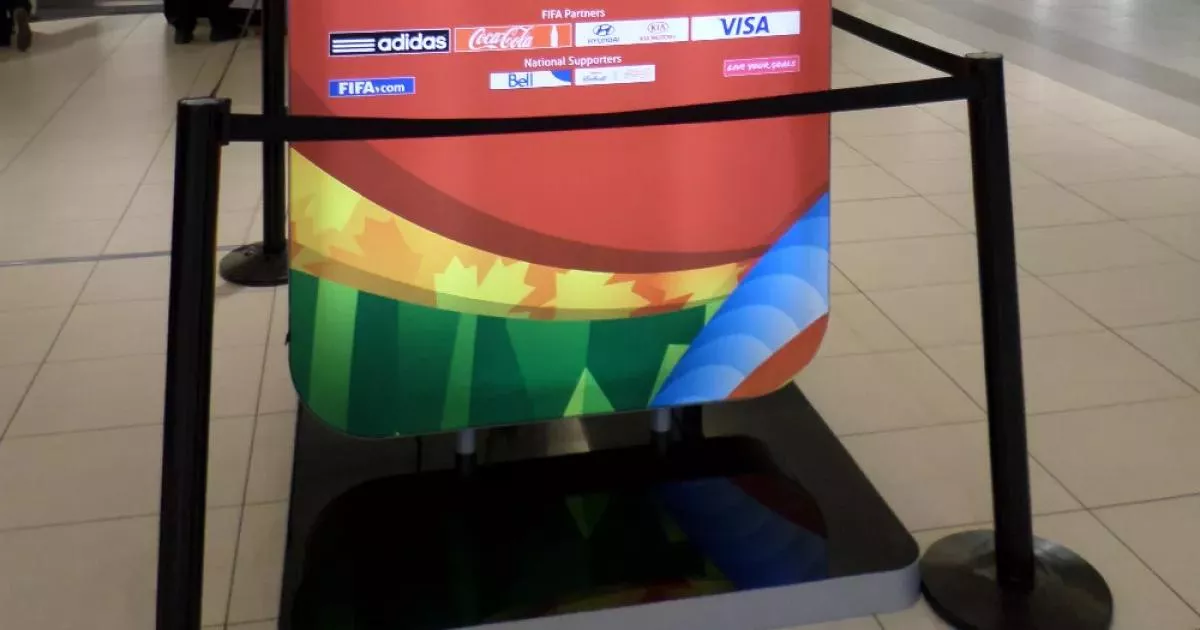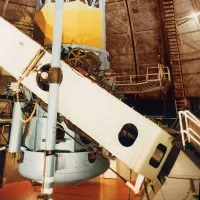A countdown is a backward counting sequence indicating the time remaining before a scheduled event. NASA utilizes "L-minus," "T-minus," and "E-minus" during rocket launches and space missions. "T" can mean "Test" or "Time," while "E" stands for "Encounter." These terms mark crucial milestones in preparation for launches or encounters with celestial objects.
1929: German science fiction movie Frau im Mond featured rockets
In 1929, the German science fiction movie Frau im Mond (Woman in the Moon) was released. Written by Thea von Harbou and directed by Fritz Lang, it featured rockets to increase the drama of the launch sequence.
1930: First Use of the Academy Leader
In 1930, the 'Academy Leader' countdown was first used in films. This countdown is in units of feet rather than time units; it starts at 11 and ends at 3 where it cuts to black for the last few feet.
1959: Creation of SMPTE Leader
In 1959, the SMPTE leader was created for films and measured seconds, not feet. It starts at 8 and cuts to black on the first frame of 2, which is accompanied by a 'pop.'
1980: Launch of the Solar Maximum Mission
On February 14, 1980, the Solar Maximum Mission was launched. Rosie Carver, a technical writer for United Launch Alliance, created at least 15,000 procedures for more than 300 missions since this mission.
March 8, 2009: Launch of a Delta II rocket carrying the Kepler Space Telescope
On March 8, 2009, a Delta II rocket carrying the Kepler Space Telescope was launched. During the launch, the launch team used acronyms and call signs to keep communication channels open.
2015: Iran Nuclear Pact
In 2015, after Iran signed a nuclear pact that had a timeline of 25 years to complete, Ayatollah Ali Khamenei responded by saying that it wouldn't take that long for Israel to cease existing.
2017: Unveiling of Palestine Square Countdown Clock
In 2017, the Palestine Square Countdown Clock was unveiled in Tehran, counting down the supposed time to Israel's demise.
Trending

16 days ago Amon-Ra St. Brown's Status Uncertain for Lions vs. Cowboys Game Due to Injury.

18 days ago Marco Rubio's Venezuela Stance: War Sales Pitch and Social Media Influence Examined
5 months ago Trump's Tariff Easing on Serbia: Aims for Trade Deal with President Vucic
1 month ago Yankees Re-Sign Ryan Yarbrough to One-Year Deal: Bolstering Left-Handed Pitching
5 months ago Senator concerned JetBlue and United partnership may negatively affect market competition.

9 months ago Ian McKellen Returns to Marvel Universe in 'Avengers: Doomsday' as Magneto.
Popular

Candace Owens is an American conservative political commentator and author...

Tucker Carlson is an American conservative political commentator known for...

XXXTentacion born Jahseh Dwayne Ricardo Onfroy was a controversial yet...

Kashyap Pramod Patel is an American lawyer who became the...

Ilhan Omar is an American politician currently serving as the...

Bill Gates an American businessman and philanthropist revolutionized personal computing...

